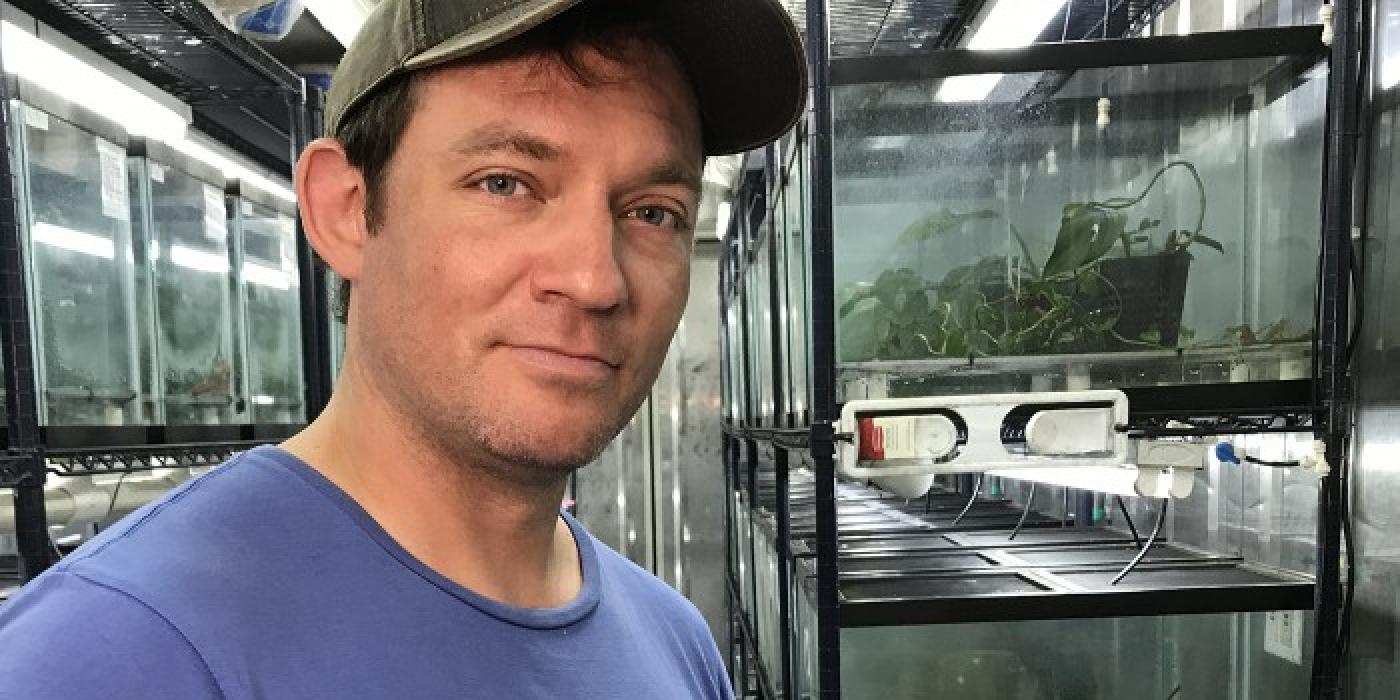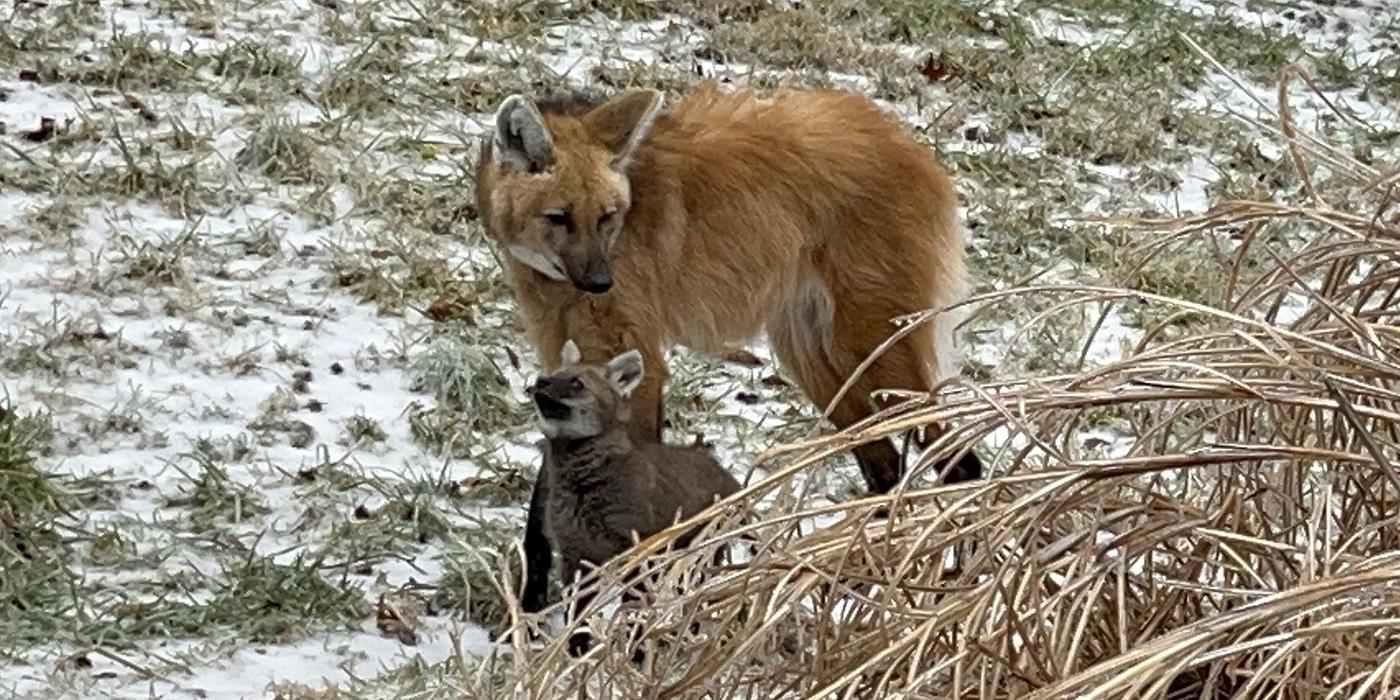After An Insect Detox, Can Once-Poisonous Frogs Get Their Spice Back?
Poison frogs living in human care aren’t poisonous, thanks to a “detox” diet of mild insects, like crickets and fruit flies. Can adding alkaloids to a frog’s diet help it regain its toxins and get its “spice” back? The answer can help conservationists successfully reintroduce species that rely on toxins for survival to the wild says Luke Linhoff, post-doctoral research fellow at Smithsonian’s National Zoo and Conservation Biology Institute and Panama Amphibian Rescue and Conservation Project.
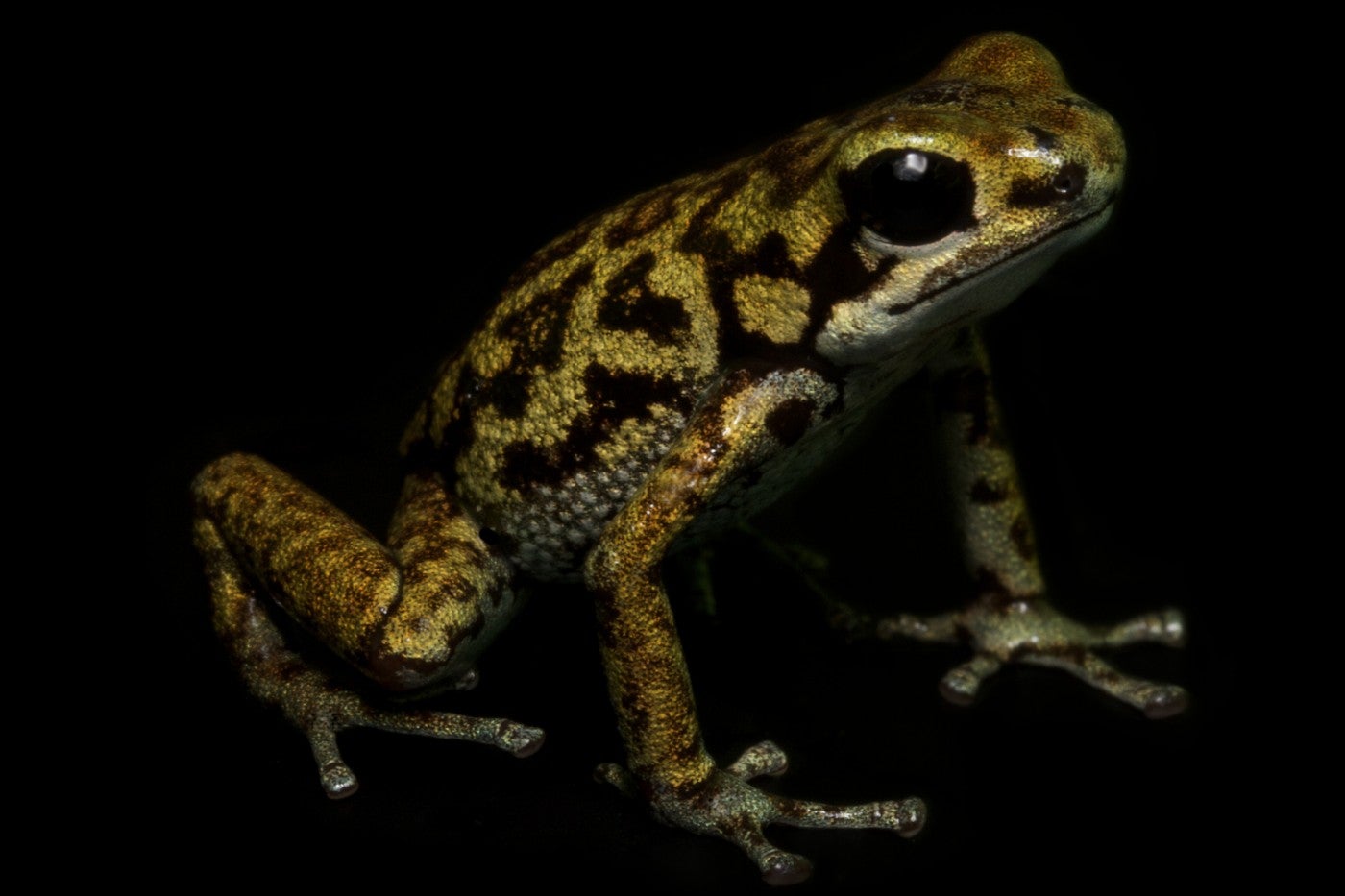
What exactly is a “spicy” frog?
A spicy frog is one that is poisonous, or toxic. In the wild, some frogs acquire their toxins from the food they eat, including ants, termites and mites. They can consume these insects because they have unique genetic mutations that prevent the toxins from harming them.
As the frogs digest their meal, the toxins aren’t broken down. Rather, they wind up in the granular glands just below the surface of their skin. When a frog feels threatened, its back secretes a milky white substance containing these toxins.
This study looks at two species that store alkaloidal toxins: the Geminis’ dart frog and the Vicente’s dart frog. Many of the frogs’ predators—birds, snakes, scorpions and spiders—don’t have resistance to these toxins. So, when they try to eat a poisonous frog, it’s going to taste just awful to them. Depending on what the toxin is, it could also make the predator sick, or even cause its death in rare cases. Many poisonous frogs have bright colors—yellow, red or blue—that warn predators that they might be harmful to eat.
Why don’t the frogs in human care contain these toxins?
It all boils down to the food they eat. Although the insects we feed our frogs are similar nutritionally speaking, they don’t contain the toxins that would make them poisonous.
What insects do our frogs eat?
Because we breed frogs at the Panama Amphibian Rescue and Conservation Project, we need to have live prey on hand for every stage of a frog’s development, from tiny tadpoles and froglets to adults. We have a team of keepers who care for these insects, which include flightless fruit flies and crickets that are no bigger than a pinhead. Before we feed the frogs, we sprinkle their prey with vitamins and minerals for some added nutrition.
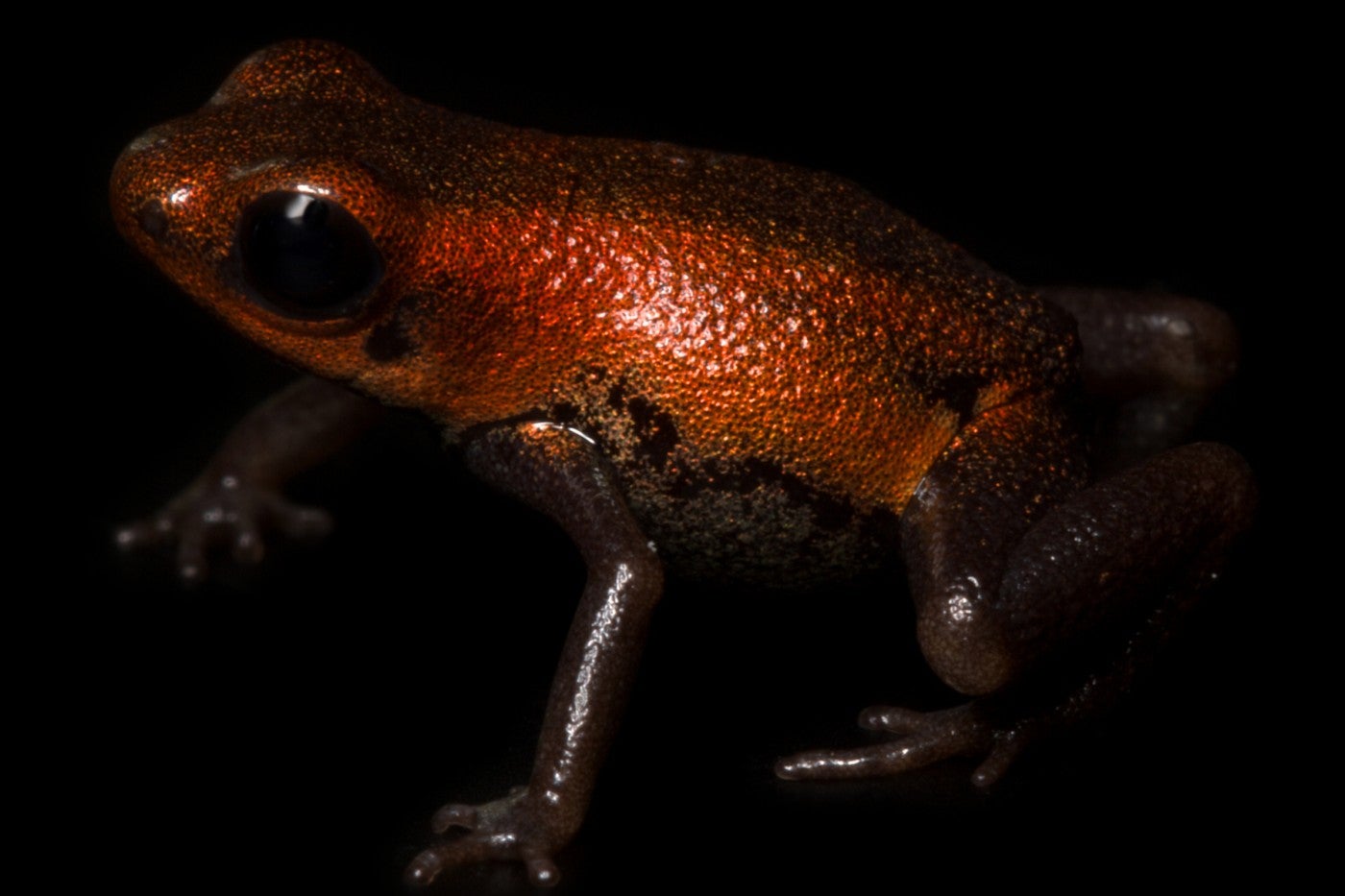
How did the idea to make them spicy come about?
Several of the frog species we work with at Amphibian Rescue Project participate in reintroduction programs. As we released frogs into the wild, however, we noticed that some were eaten by predators. That wasn’t entirely surprising. Frogs get eaten by other animals—it’s part of the role they play in the ecosystem. Still, we hoped to see our frogs live long enough to reproduce.
Although we haven’t done reintroductions with Geminis’ and Vicente’s dart frogs, what we learn from this study can be applied to other species that are slated to be released into the wild. First, we need to know how long it will take for poisonous frogs to regain their spiciness.
Ultimately, we want to get them back up to a point where they taste really bad and predators either spit them out or avoid them entirely. We suspect it will take at least a few months. Using this information, we can time future releases so that the frogs are already poisonous when we release them into the wild.
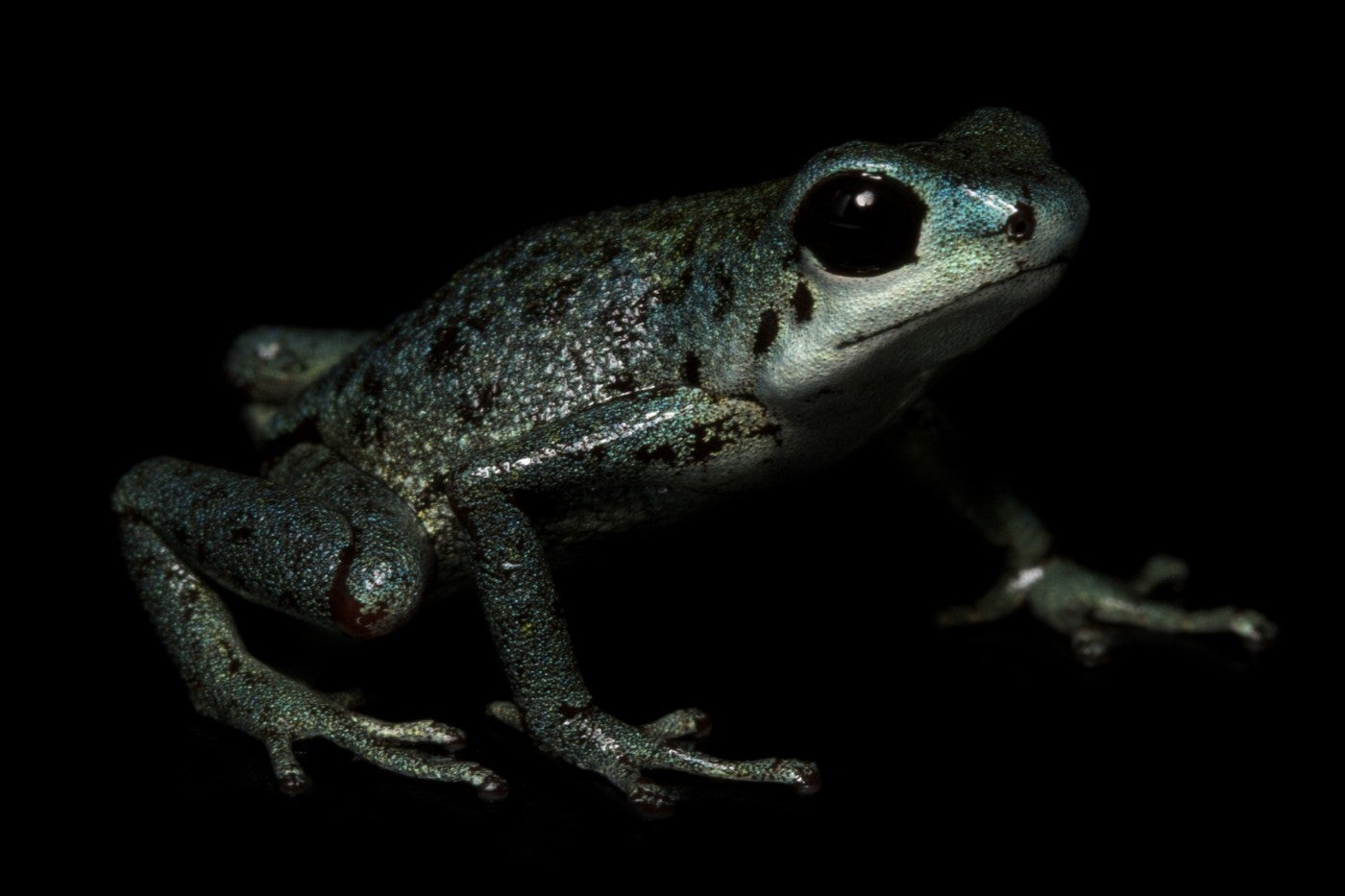
What diet adjustments do you make to increase the frogs’ spiciness?
For this study, we are using only one type of toxin, an alkaloid called decahydroquinoline (DHQ). Just like with vitamins and minerals, we sprinkle DHQ on the crickets and fruit flies before we feed them out. The Geminis’ and Vicente’s dart frog adults receive these spicy insects every other day as part of their diet. We hope to find that they are sequestering the toxins in their skin from these insects!
We are also interested in studying the toxicity of Vicente’s poison frog tadpoles. In the rainforest, water collects in the “cups” of bromeliad leaves. Females will lay a single egg in a few different cups. After the tadpoles hatch, she returns to the bromeliad almost every day to lay an unfertilized egg in the cup, which feeds her tadpole. Because the eggs also contain toxins, the tadpoles become poisonous, too! The second part of this project is looking at some of these tadpoles to see if by supplementing the mothers with toxins, we’re also supplementing the offspring they’re producing.
How do you measure the amount of toxins in a frog’s skin?
We use a device called a transcutaneous amphibian skin stimulator (TASS). The TASS contains two probes that apply a miniscule pulse. When they touch the frog’s back, the frog expresses some of the toxins within its granular glands. We swab its skin with a tiny wipe that’s just 1 centimeter square in size. The frog is totally unharmed by the process and promptly placed back in its enclosure.
Then, we store the wipe in alcohol and send it to our collaborator Dr. Ralph Saporito at John Carrol University, for later analysis. We use mass spectrometry to quantify the amount of alkaloidal toxins from each frog.
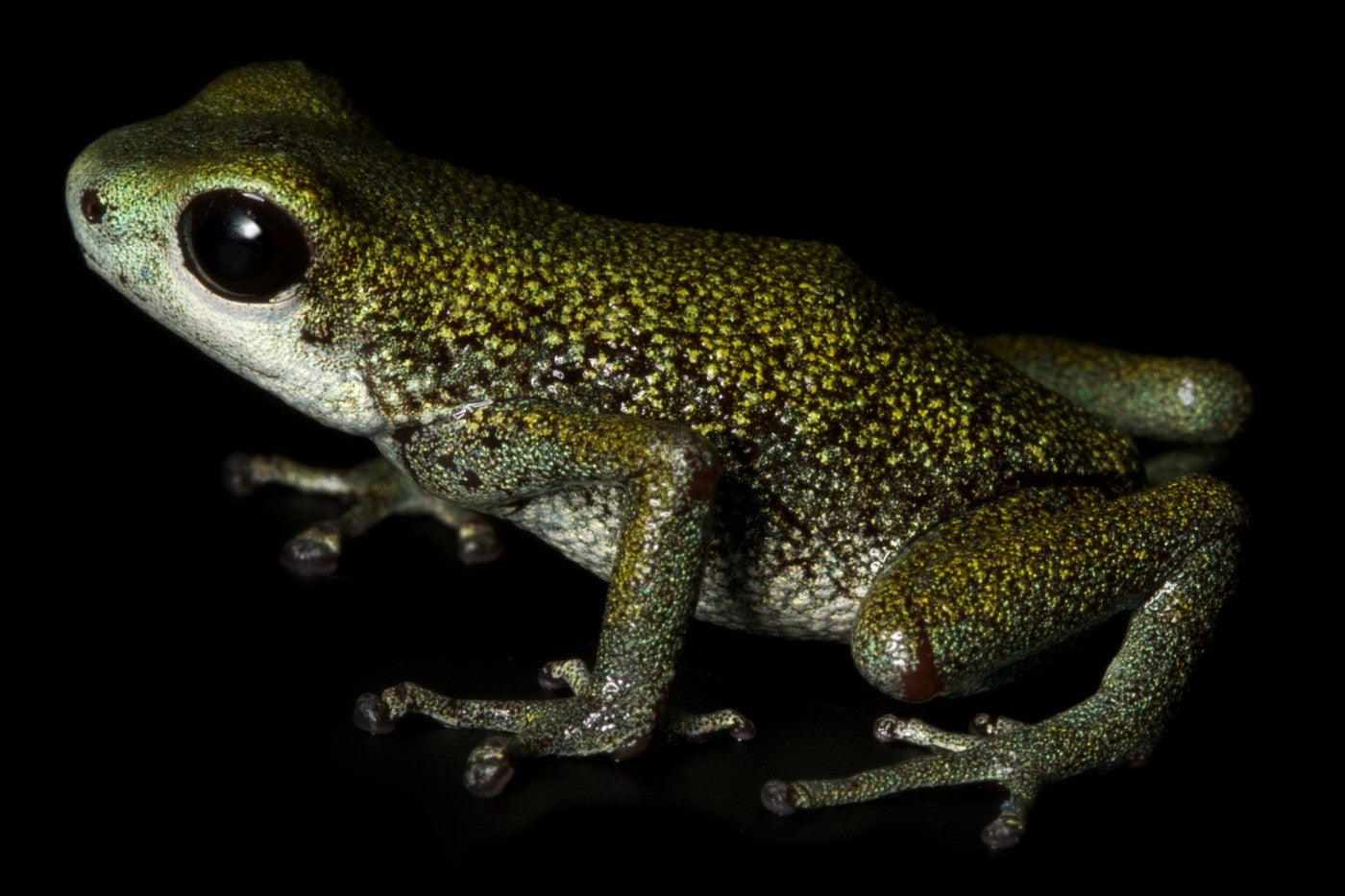
What makes you optimistic about this research?
We want to do everything we can to help poison frogs in human care experience a life that is similar to their wild counterparts. That includes providing naturalistic enclosures, feeding live prey for them to hunt and encouraging natural behaviors—including sequestering toxins!
This research could be yet another tool to help us solve conservation challenges. We’ve created a pathway for collaboration—from collecting samples to analyzing them. Once we figure out what the best level of “spice” is—and help the frogs in human care achieve that—we can train other scientists who are also working to reintroduce these animals to the wild.
What are the next steps?
In the wild, frogs consume a bunch of toxins representing a variety of alkaloids. It is possible that one toxin is especially effective at repelling ants, another spiders and so on. Eventually, I’d like to do this study with different types of toxins and match up the toxin profile of our frogs with those in the wild.
This story appears in the May 2023 issue of National Zoo News. Want to know what secrets are hiding in frog slime? Check out this update from Smithsonian researcher Lindsey Gentry.

